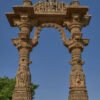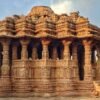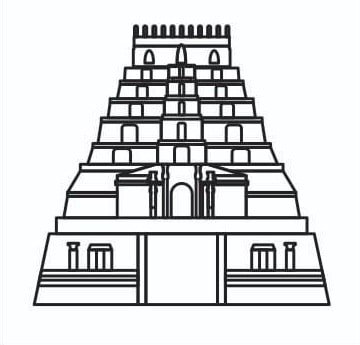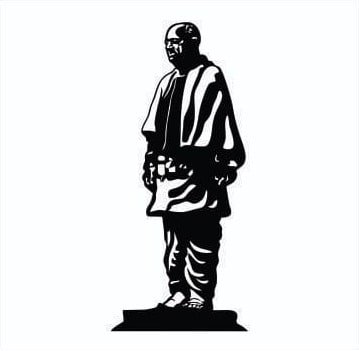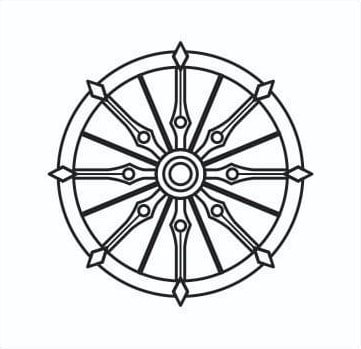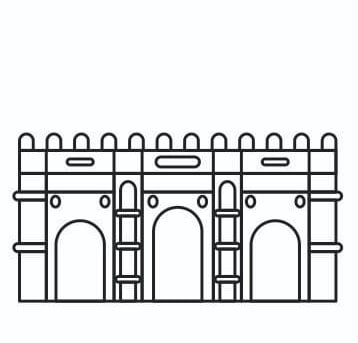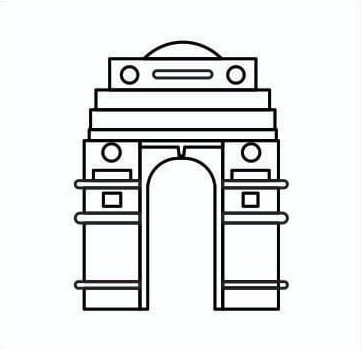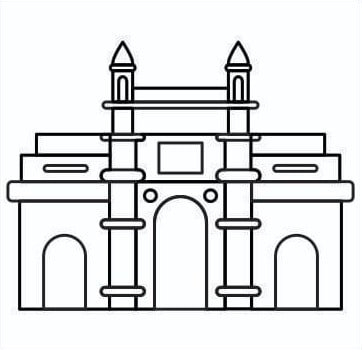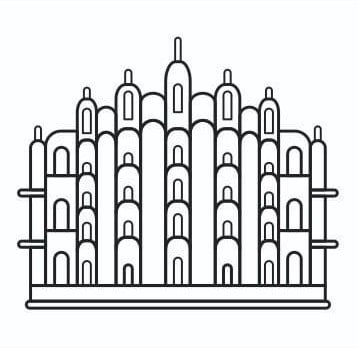Monument – Hawa Mahal, Jaipur
Built by – Maharaja Sawai Pratap Singh in 1799
Hawa Mahal, the pride of Rajasthan’s pink city, Jaipur, was built by Maharaja Sawai Pratap Singh in 1799. Khetri Mahal in Jhunjhunu, Rajasthan, was the inspiration behind the construction of this marvellous “”Palace of Breeze””.
Lal Chand Ustad designed this five-storied structure as an extension of the City Palace. From the City Palace’s edge, Hawa Mahal extends to the women’s chambers, aka zenana. During those days, the Purdah system was strictly followed, and Royal Rajpur women weren’t allowed to show their faces to strangers or even appear in public.
Designed in red and pink sandstone, this one-of-its-kind palace boasts a pyramidal shape. The facade of the building with its 953 windows resembles a honeycomb structure. There are no stairs to reach the upper floors of the palace. Ramps were built, instead, as it was easy to carry palanquins of Rajput royal ladies on ramps.
The architecture of Hawa Mahal features a splendid fusion of Islamic, Mughal, and Rajput architectural styles. Its domed canopies, floral patterns, lotus motifs, and fluted pillars reflect the rich Rajput style. Complementing these elements is the filigree work in stone and elegant arches, both of which draw influence from the Islamic style of architecture.
An archaeological museum in the Hawa Mahal’s courtyard displays a fine collection of antiques, weapons, and other items used by the royals. The museum was established in 1983 and will give you a glimpse into the region’s royal past.
Photo Courtesy – www.india-a2z.com

